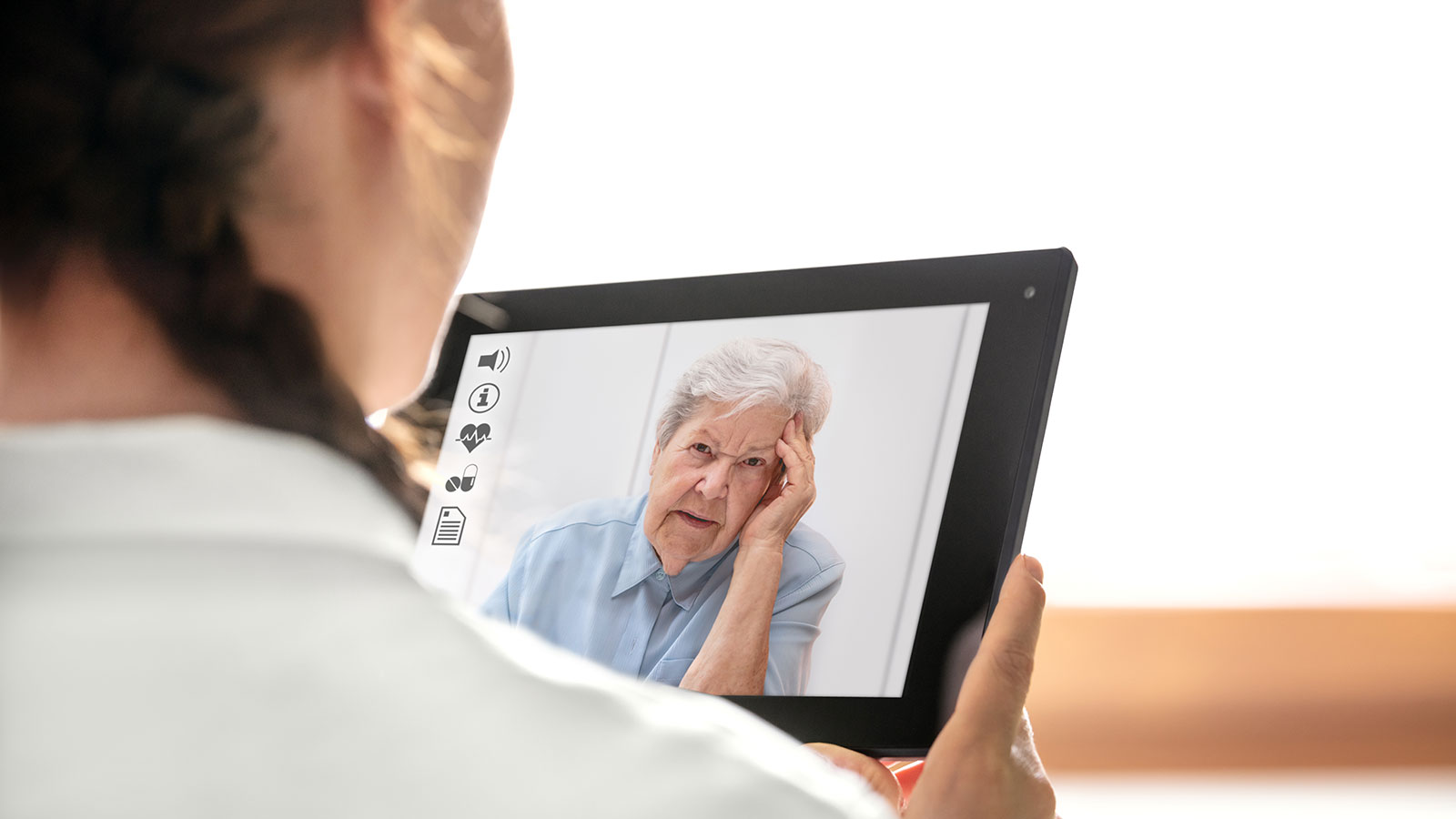With the arrival of the new coronavirus, the use of technological solutions in healthcare has accelerated. Healthcare workers are having a hard time and recognize that technology offers them a helping hand. Technology not only helps in taking control of the virus but in many other areas as well. An example of a technological product that can contribute significantly to improving quality in healthcare is the wearable.
Hospitals and healthcare providers are under pressure due to the growing and aging population. The pandemic has added to this pressure and the complexity of providing adequate health care. Cloud-connected wearables lend a helping hand to overburdened healthcare providers in hospitals and nursing homes. Unlike everyday smartwatches that store data locally and occasionally upload that data, cloud-connected wearables continuously send biometric data directly to the cloud. These straight-to-the-cloud wearables allow healthcare professionals to monitor biometric parameters 24/7, including a patient’s heart rate, blood pressure, and temperature. Healthcare professionals are able to remotely monitor the health of their patients as accurate data is collected and recorded in the cloud automatically. The healthcare industry is beginning to recognize the benefits of IoT, and therefore, the deployment of IoT applications is rapidly growing, with an expected value of USD 534 billion by 2025.
Healthcare providers under less pressure
By continuously monitoring patients remotely with straight-to-the-cloud wearables, routine checks, such as measuring a patient’s temperature and blood pressure, are performed automatically. Wearables take on these tasks and allow healthcare professionals to focus on other responsibilities. When the smart biometric tracker detects that a patient’s blood pressure suddenly rises, it immediately alerts a doctor via an automated system. Continuous monitoring with cloud-connected wearables can also reduce the frequency and duration of hospital admissions. Fewer hospital admissions mean that healthcare providers will come under less pressure and, at the same time, that rising healthcare costs will be better controlled.
More freedom for the patient
Wearing a smart biometric tracker also has many advantages for the patient. An advantage is that these trackers allow patients to be observed at home, with more comfort and possibly more control over their treatment. Patients can also enjoy a better treatment experience, both at home and in a healthcare facility. For example, elderly patients can walk around freely in a care home with portable devices; if they fall, their wearable will detect the fall and immediately notify staff and show their location. This automatic notification function gives patients greater independence and more certainty about their safety.
Are you interested to know more about smart wearable technology? Or would you like to know in which sectors these biometric trackers can also be applied? Read our whitepaper here: https://evalan.com/en/download-white-paper/

